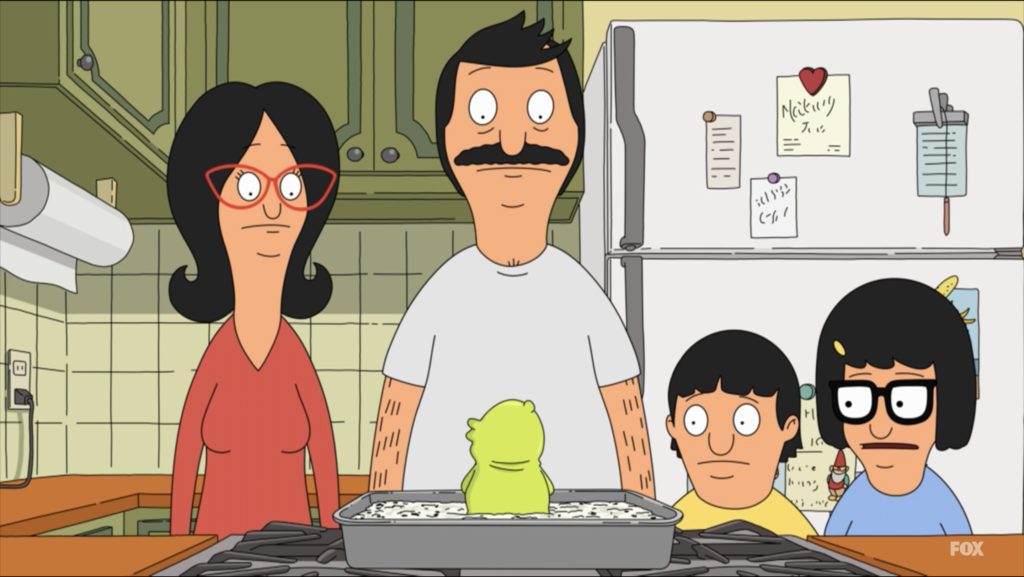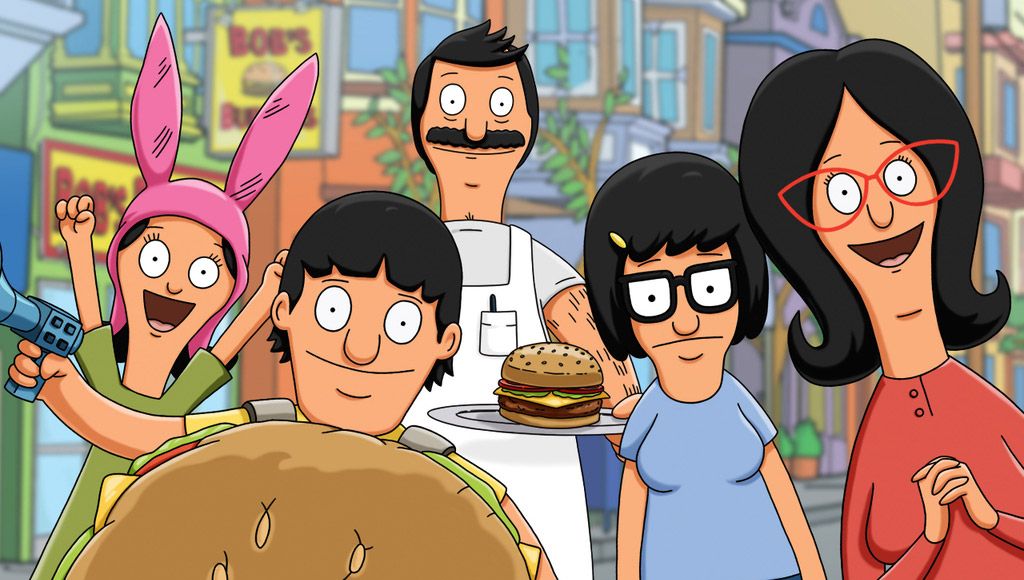I am not a fan of zombies. I’ll be honest–I think they are very gross and kind of dumb. In middle school, I only pretended that I was cool with 90 minutes of slobbery hamburger jello people when everyone wanted to watch the uncut version of World War Z (2013).
However, I am a fan of Tig Notaro. Known for her deadpan comedy style, Notaro is a brilliant standup-comic, writer, producer, and actress. Her appeal lies in her brilliant vulnerability; her material covers everything from her cancer diagnosis and recovery to her double mastectomy, and her and her wife’s journey towards parenthood.

So how do these two connect?
In June 2020, after the finishing wrapping on the new Zack and Deborah Snyder zombie film Army of the Dead (2021), comic Chris D’Elia was accused of predatory behavior by several women and girls, many of whom were underage at the time of the harassment. Soon after, Netflix came to the decision to completely erase D’Elia from the movie. The replacement? Tig Notaro, a comic with a completely different comedy style, height, and gender.
The choice proved to be a costly one. It reportedly took “a few million” (Breznican, 2021) to scrub D’Elia and sub in Notaro. During the height of the pandemic, and with no actors to reshoot with, Notaro had to act in front of a green screen, using plenty of CGI to mold her into the film. They especially had to be careful because Notaro’s remission status put her at a higher risk for COVID.

Somehow, they pulled it off, and now most of the press surrounding the movie is centered around Notaro’s last-minute addition, and what it means for the future of big-budget films.
Our current moment is grappling head-on with the troubling pasts (and right-nows) of leading men in ways that we have never done before. Armie Hammer, James Franco… the ever-growing list of actors who, up until now, were more secure in their position are starting to feel the heat of accountability.

I believe that Notaro’s replacement (while possibly a bid for press and notoriety) signals a push back against the dominant approach to casting and marketability. To see an openly queer woman who doesn’t fit the mold of the sexy female mechanic/pilot step into an originally male role feels like a change in the wind. Not to mention, she has become something of a sex symbol in her own right along the way, trending on Twitter for her look in the film (Garvey, 2021). I mean, take a look at these photos!

I, for one, am excited to see what this change means. The second this eternal term is over, I will be sitting down to watch Notaro do whatever it is she does in this movie, zombies or no zombies.
Sources:
Breznican, A. (n.d.). Zack Snyder Spent “A Few Million” to Add Tig Notaro to ‘Army of the Dead’. Vanity Fair. https://www.vanityfair.com/hollywood/2021/05/tig-notaro-zack-snyder-chris-delia-army-of-the-dead.
Garvey, M. (2021, April 21). Tig Notaro is ‘sexy A.F.’ She doesn’t know what that is. CNN. https://www.cnn.com/2021/04/21/entertainment/tig-notaro-jimmy-fallon/index.html.



